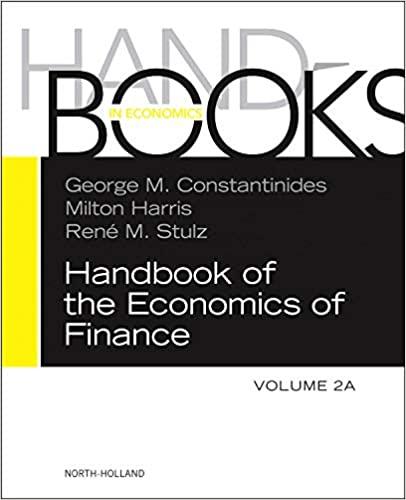Question
Norris Enterprises, an all-equity firm, has a beta of 2.0. The chief financial officer is evaluating a project with an expected return of 14%, before
Norris Enterprises, an all-equity firm, has a beta of 2.0. The chief financial officer is evaluating a project with an expected return of 14%, before any risk adjustment. The risk-free rate is 5%, and the market risk premium is 4%. The project being evaluated is riskier than an average project, in terms of both its beta risk and its total risk. Which of the following statements is CORRECT? a. The project should definitely be accepted because its expected return (before any risk adjustments) is greater than its required return. b. The project should definitely be rejected because its expected return (before risk adjustment) is less than its required return. c. Riskier-than-average projects should have their expected returns increased to reflect their higher risk. Clearly, this would make the project acceptable regardless of the amount of the adjustment. d. The accept/reject decision depends on the firm's risk-adjustment policy. If Norris' policy is to increase the required return on a riskier-than-average project to 3% over rS, then it should reject the project. e. Capital budgeting projects should be evaluated solely on the basis of their total risk. Thus, insufficient information has been provided to make the accept/reject decision.
Step by Step Solution
There are 3 Steps involved in it
Step: 1

Get Instant Access to Expert-Tailored Solutions
See step-by-step solutions with expert insights and AI powered tools for academic success
Step: 2

Step: 3

Ace Your Homework with AI
Get the answers you need in no time with our AI-driven, step-by-step assistance
Get Started


